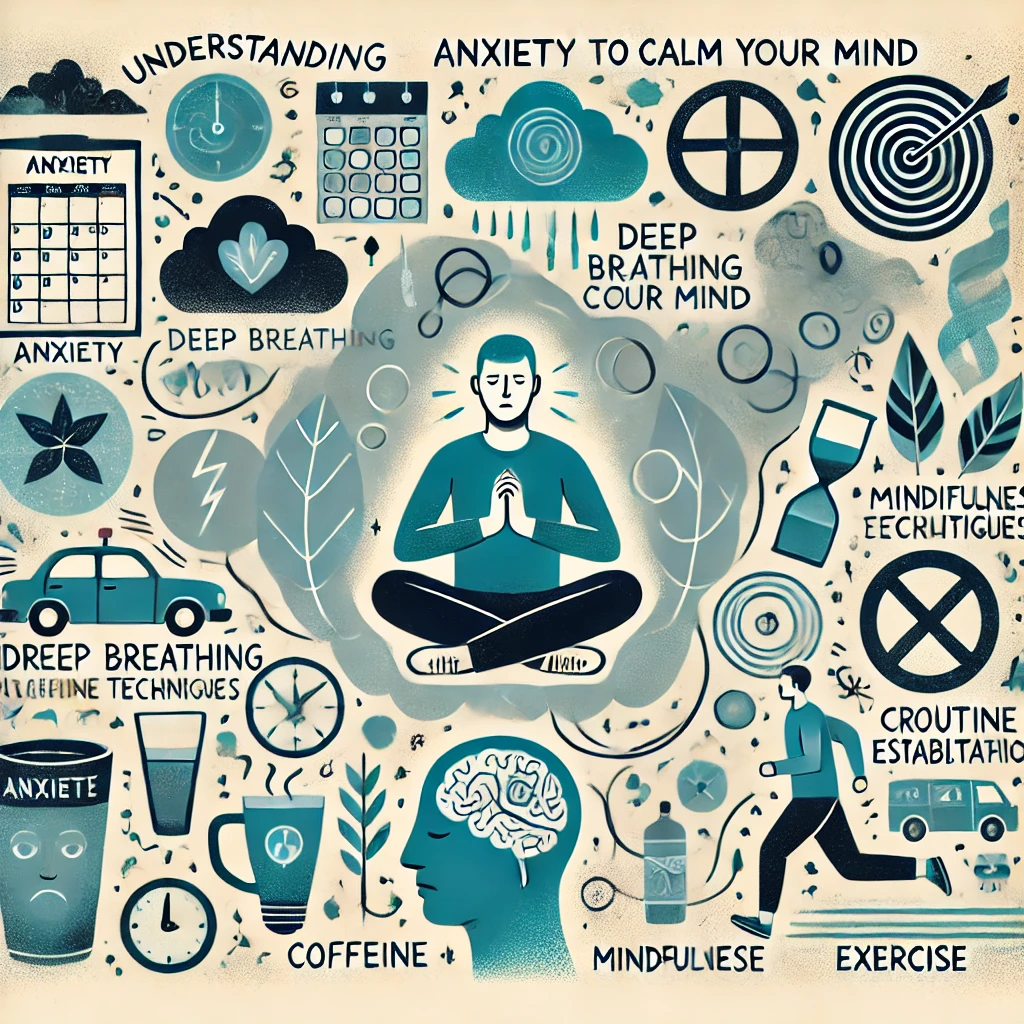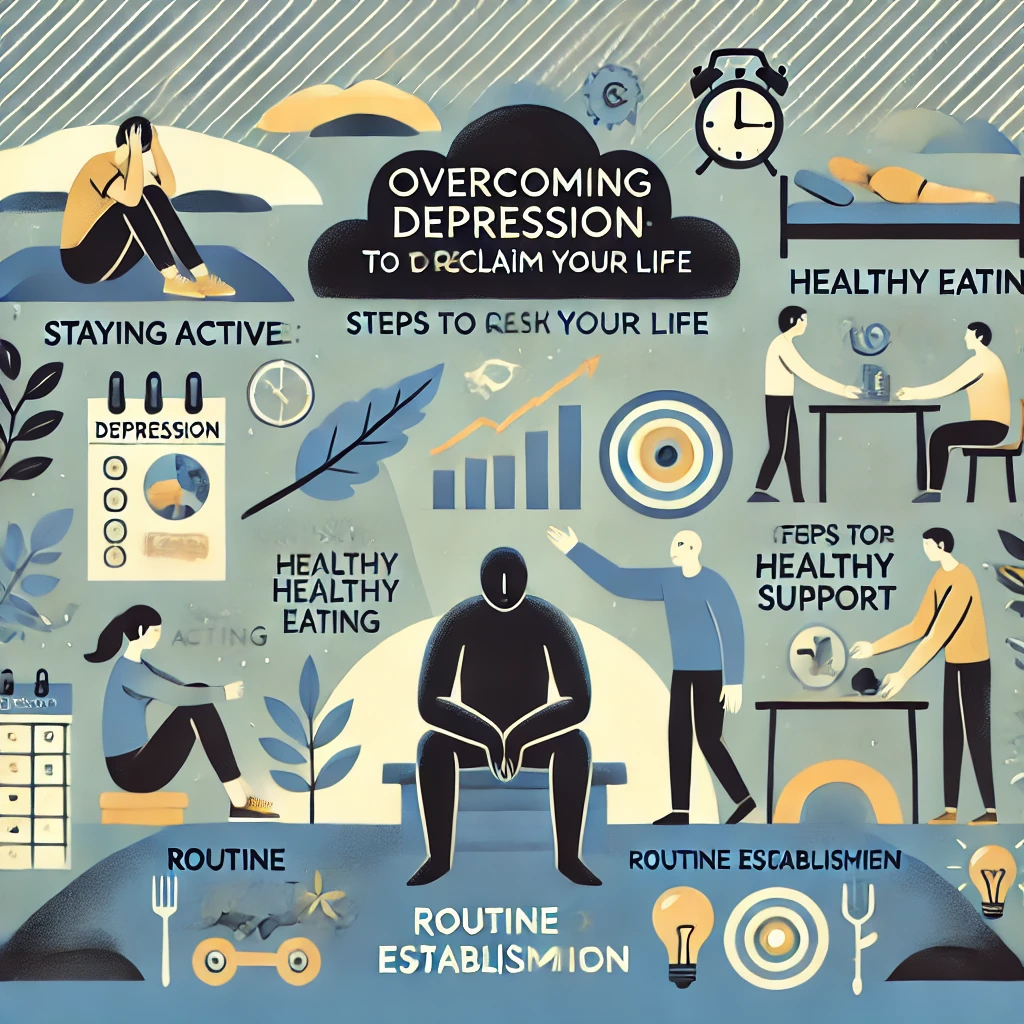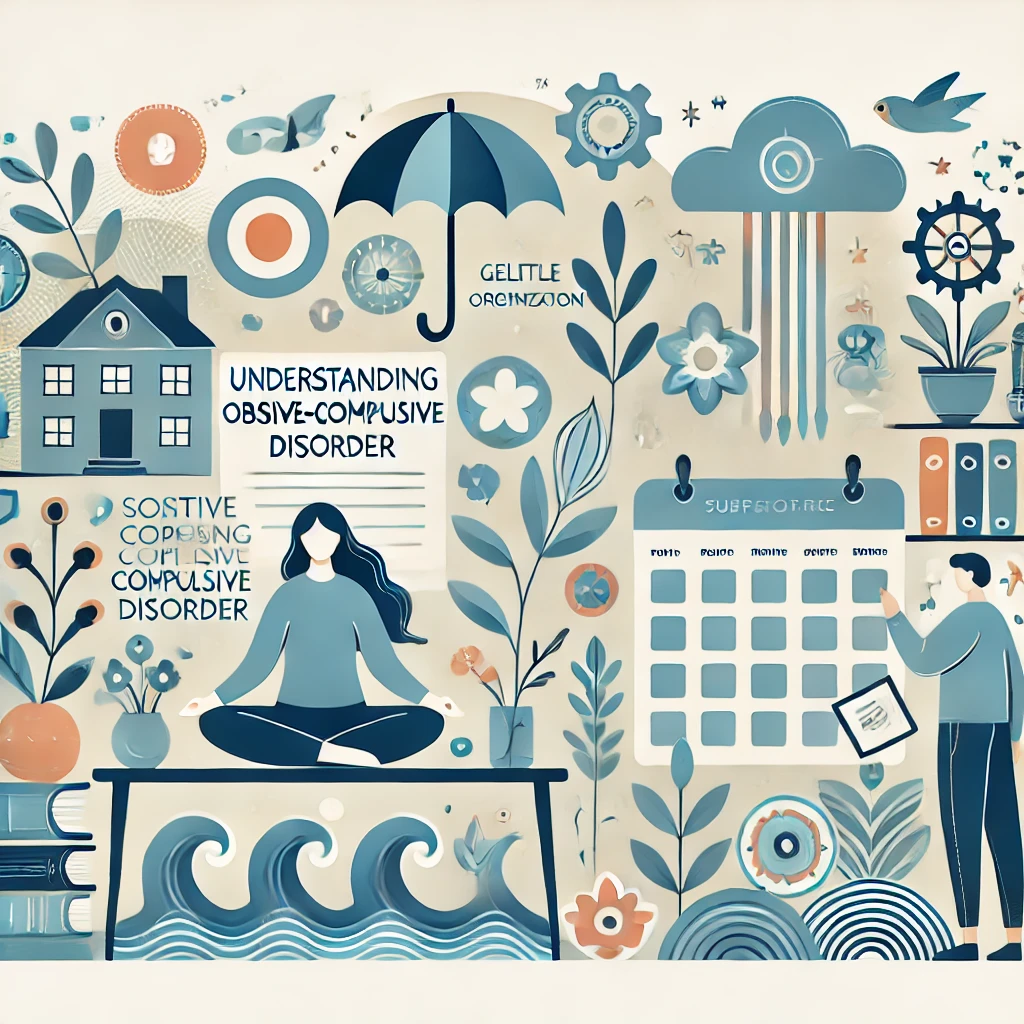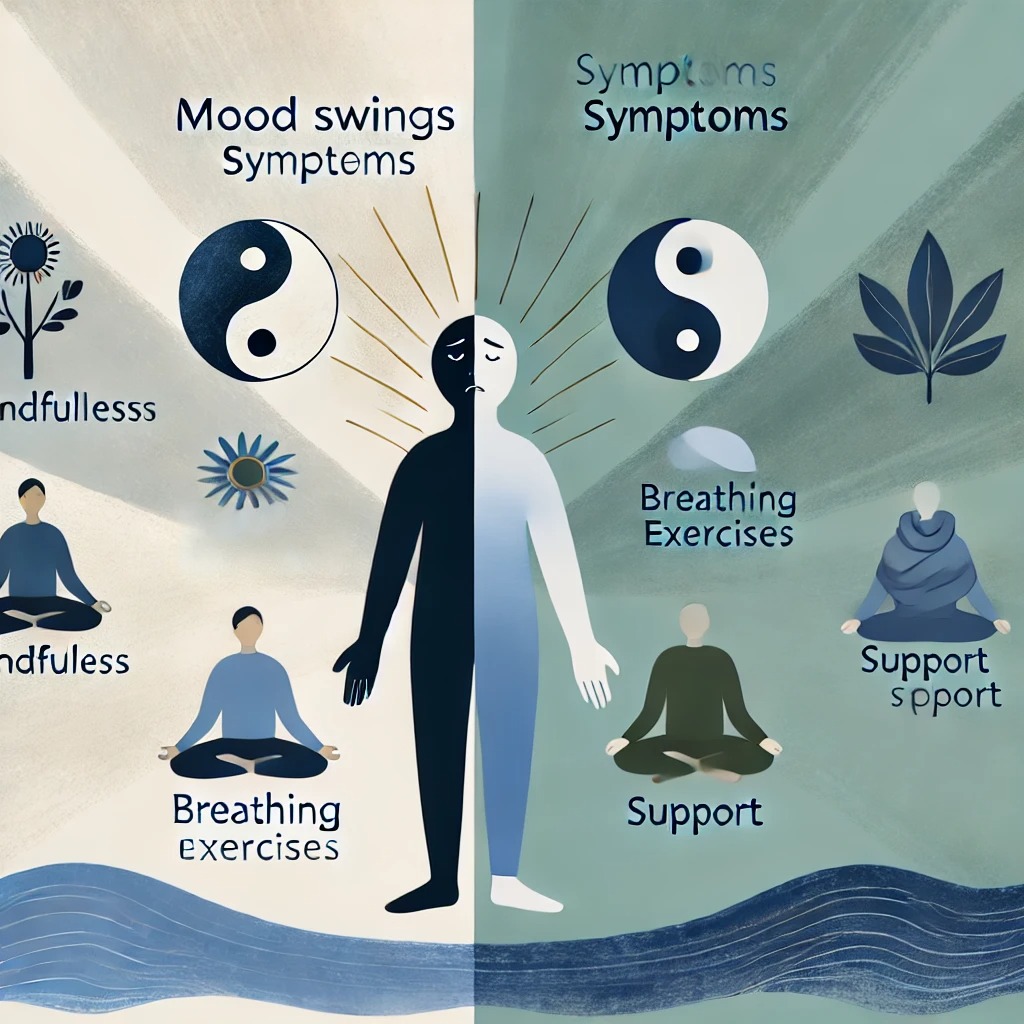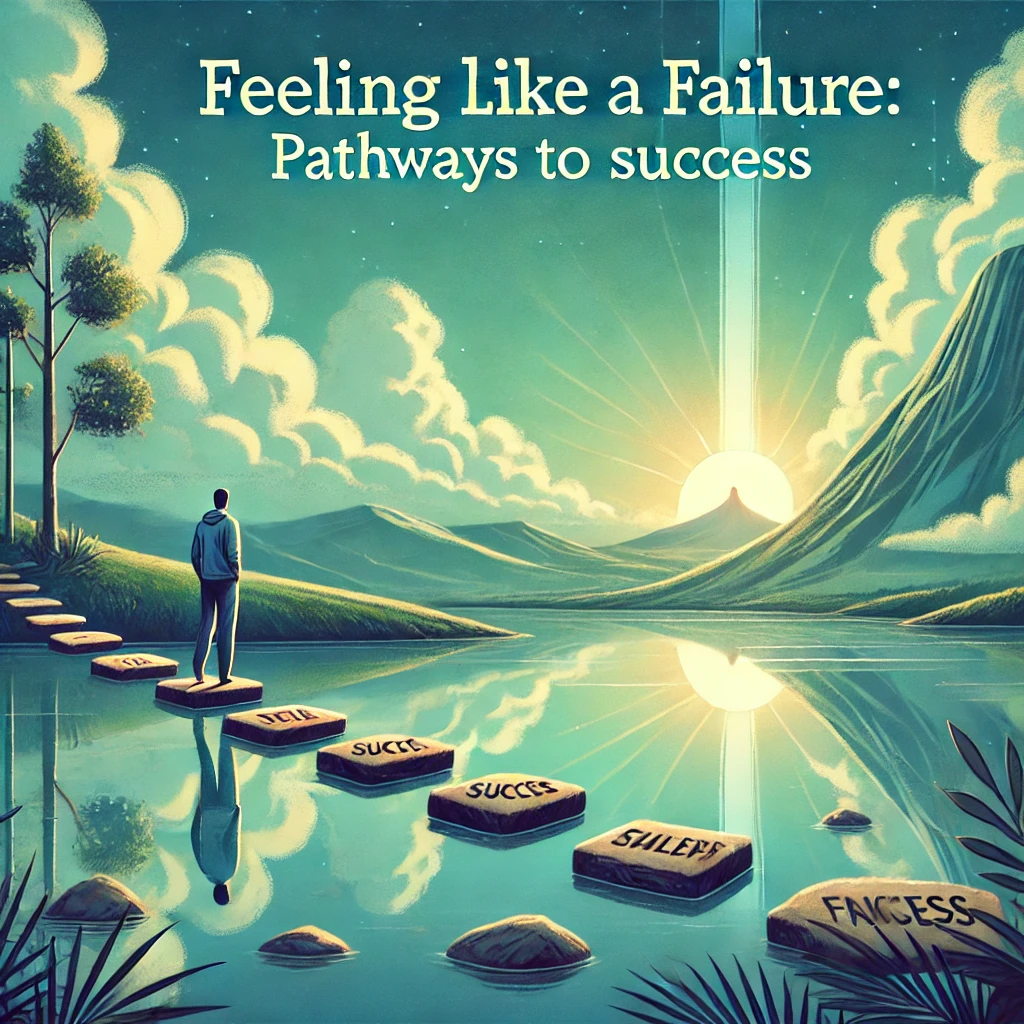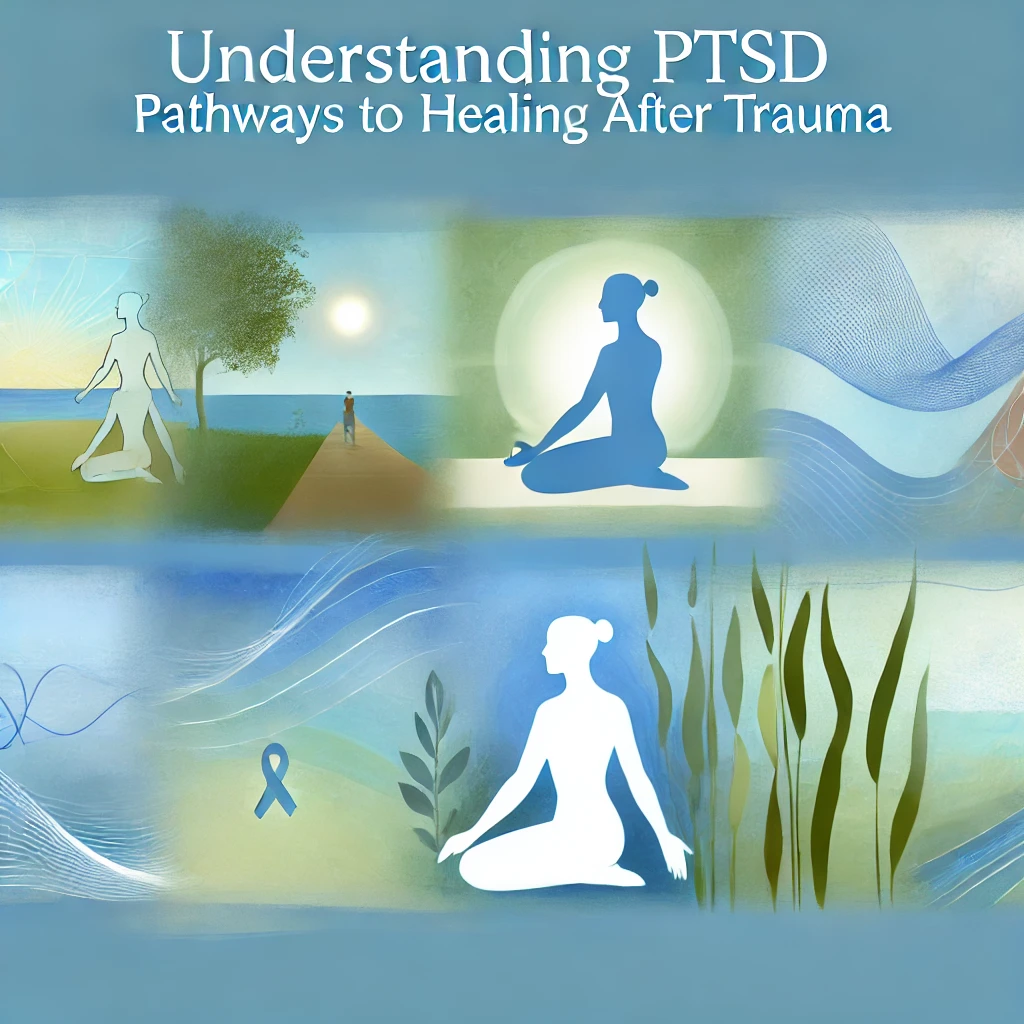
Understanding PTSD: Pathways to Healing After Trauma
What is PTSD?
PTSD is a mental health condition that can develop after exposure to traumatic events such as accidents, natural disasters, or violence. Symptoms can be debilitating and affect all aspects of a person’s life. Post-Traumatic Stress Disorder (PTSD) can occur after experiencing or witnessing a traumatic event. It affects millions of people worldwide, leading to severe emotional distress. This article aims to provide insight into PTSD and offer pathways to healing.
Symptoms of PTSD
- Re-experiencing: Flashbacks, nightmares, and intrusive thoughts.
- Avoidance: Steering clear of reminders of the trauma.
- Hyperarousal: Being easily startled, feeling tense, or having difficulty sleeping.
Coping with PTSD
- Seek Professional Help: Therapies like EMDR and cognitive processing therapy are highly effective.
- Grounding Techniques: Simple exercises can help bring you back to the present moment during flashbacks.
- Build a Support Network: Engage with support groups and trusted individuals who understand your experience.
- Self-Care Routines: Regular exercise, a healthy diet, and mindfulness can reduce symptoms.
- Avoid Alcohol and Drugs: These can worsen PTSD symptoms and delay recovery.
Conclusion
Recovery from PTSD is a journey. With the right support and coping strategies, it’s possible to reclaim your life and find peace after trauma.
